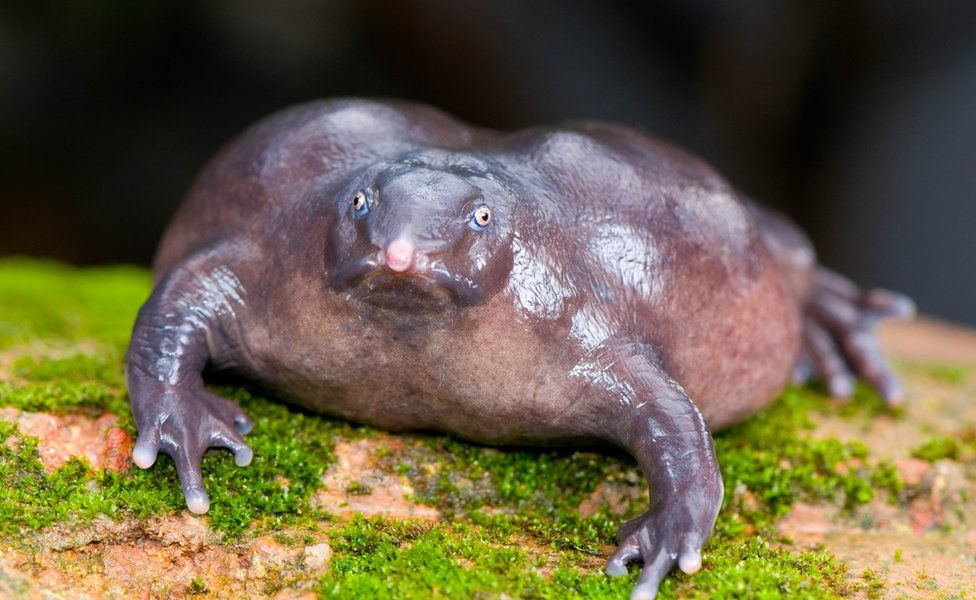Free Courses Sale ends Soon, Get It Now


Free Courses Sale ends Soon, Get It Now



Copyright infringement not intended
Picture Courtesy: https://www.bbc.com/news/world-asia-india-35379168
Context: The Purple Frog, a 'living fossil' in the Western Ghats, is a unique amphibian species that has similarities to the Sooglossidae family of frogs in Seychelles.
Key Highlights
Uniqueness
Appearance
Habitat
Life Cycle
Conservation Status
Legal Protection
Threats
Conservation Efforts
|
PRACTICE QUESTION Q. The Purple Frog is considered a "living fossil" because: A) It has remained unchanged for millions of years B) It was recently discovered after being thought extinct C) It is found in fossilized form in ancient rock layers D) It has the ability to survive long periods underground Answer: A Explanation: Purple Frogs share characteristics with ancient frog lineages, suggesting their evolutionary history dates back a long time, potentially to the dinosaur era. |
© 2024 iasgyan. All right reserved